VW ID3 GTX Review: A Convincing EV Hot Hatch, With One Big Problem
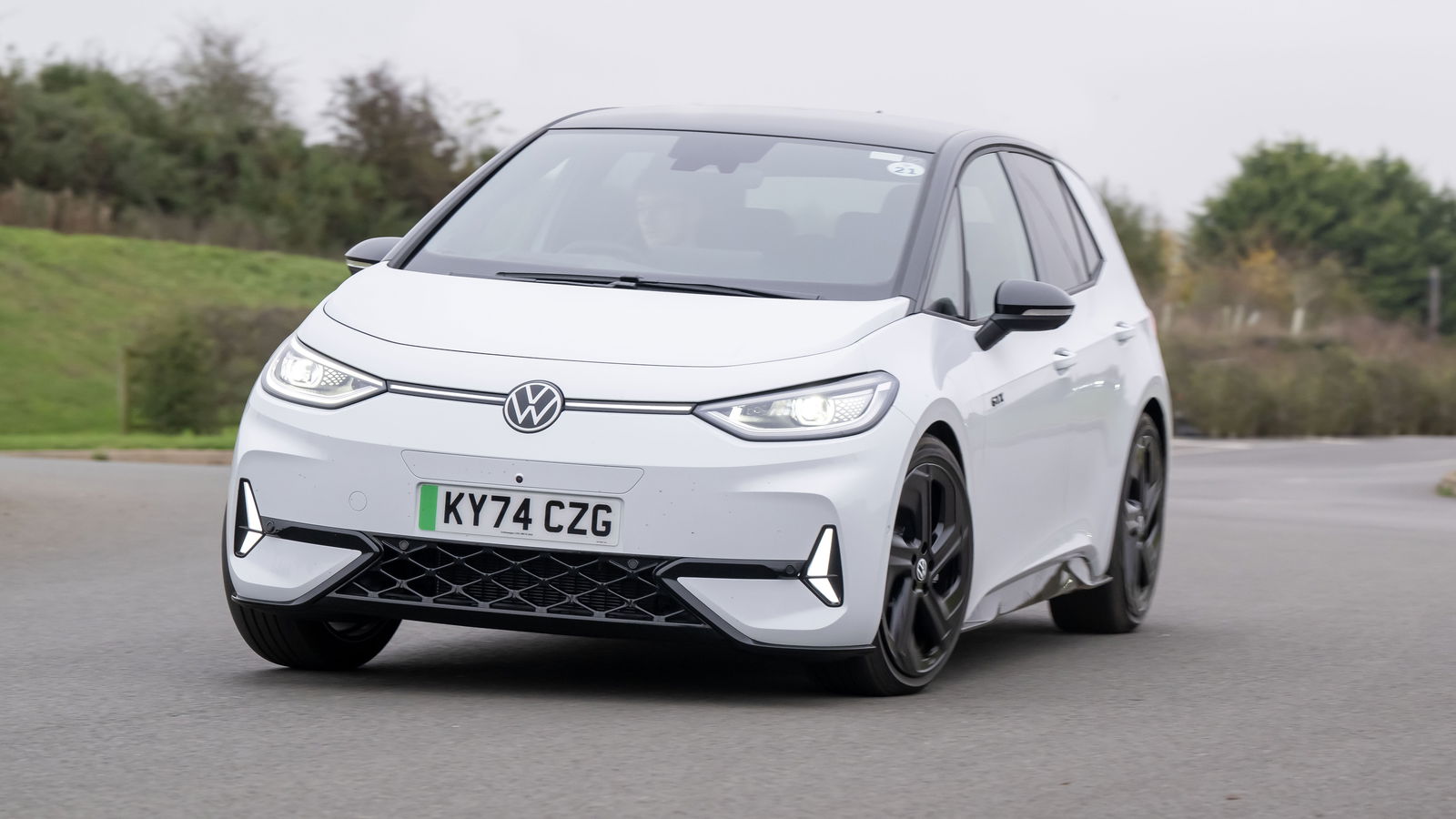
Pros
- A genuinely fun-to-drive fast electric hatchEfficient and refined in normal driving
Cons
- Some interior gripes remainCupra Born VZ does things slightly better for less
Would you spend £1690 on brand recognition? That’s the increase from the entry price for a Cupra Born VZ, and that of the VW ID3 GTX. These two cars sit on the same platform, use the same bodyshell and interior architecture, share the same electric motor, and are built in the same factory in Germany by the same people. This isn’t a Supra/Z4 situation, where a bystander wouldn’t be able to tell they’re closely related – think more GT86/BRZ.
And yet a Born VZ starts at £44,635, and an ID3 GTX at £46,325. What exactly is the price of a really nice weekend away getting you, other than a badge people recognise rather than one that looks like it might belong to an obscure DC Comics superhero?
Technically, what we’ve been driving is an ID3 GTX Performance. GTX is VW’s nascent badge for its warmed-over EVs, a badge it may kill before it’s really been established in favour of the good old-fashioned GTI moniker. In Europe, there’s a lesser 270bhp GTX available, but the Performance, with 322bhp and 402lb ft, is the only one offered in the UK. Basically, it’s an ID3 hot hatch – not that you’d know from looking at its subdued exterior.
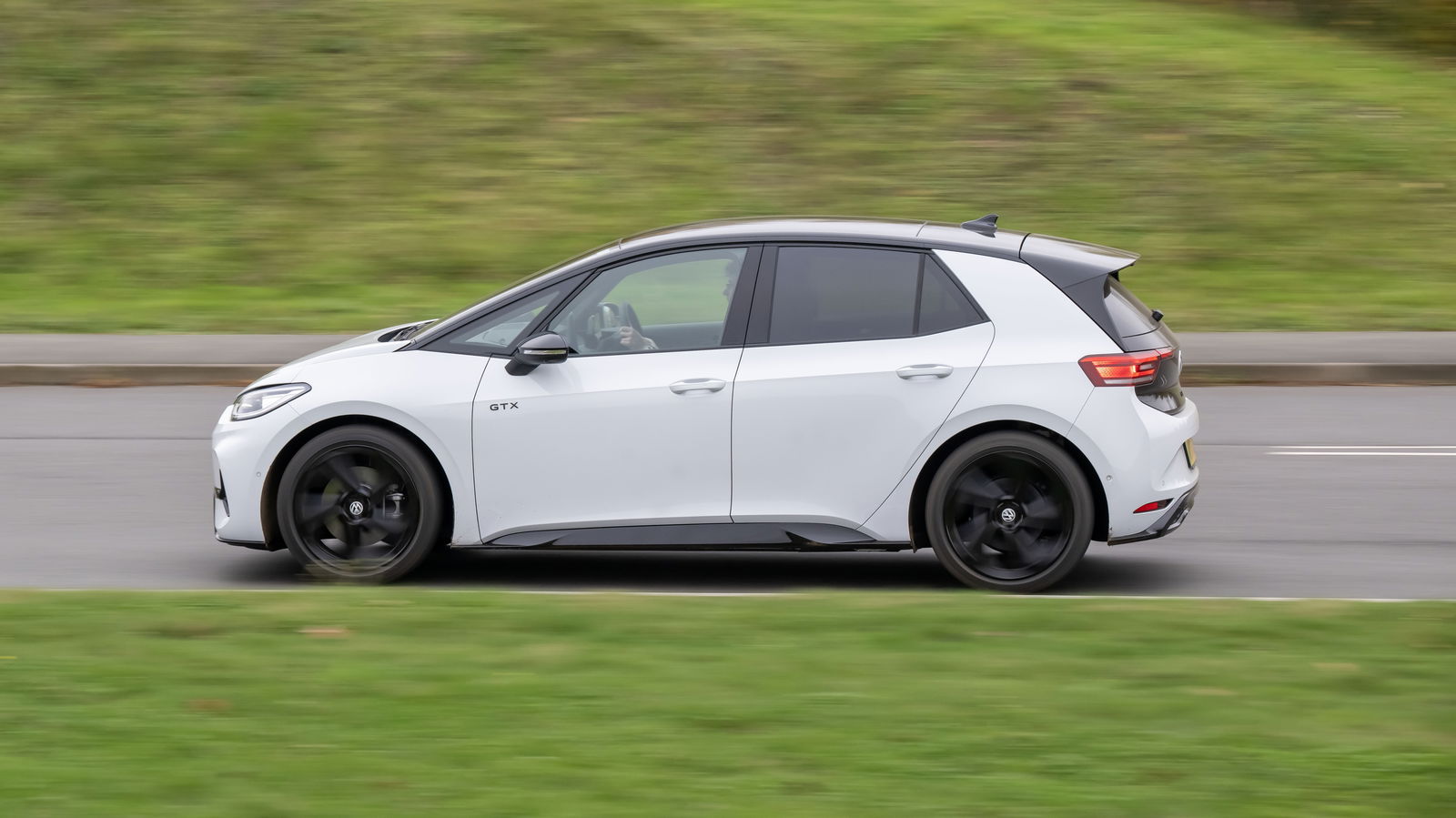
VW quotes 0-62mph in 5.7 seconds, and a top speed of 124mph. The battery has a 79kWh net capacity. The official figure is 4.4m/kWh, and even at a motorway cruise, 4m/kWh was attainable on a warm day. Reckon on a real-world range in the high 200s, compared to a quoted figure of 369 miles – weather-dependent, of course.
On the inside, it differs from the regular ID3 chiefly through the big, chunky sports seats. Our car had the further option of the massaging ‘ErgoActive’ seats, which are trimmed in suedeish ArtVelours fabric. They’re comfy when you’re cruising and supportive when you’re pushing on, although the little office chair-style flip-down armrests you get are faintly rubbish.
Elsewhere, there’s a GTX-specific covering for the dash and lots of little flashes of red to remind you you’re in the sporty one. It’s all decent quality, if not quite at the level VW used to be at, but like the exterior, none of it exactly screams ‘hot hatch’.
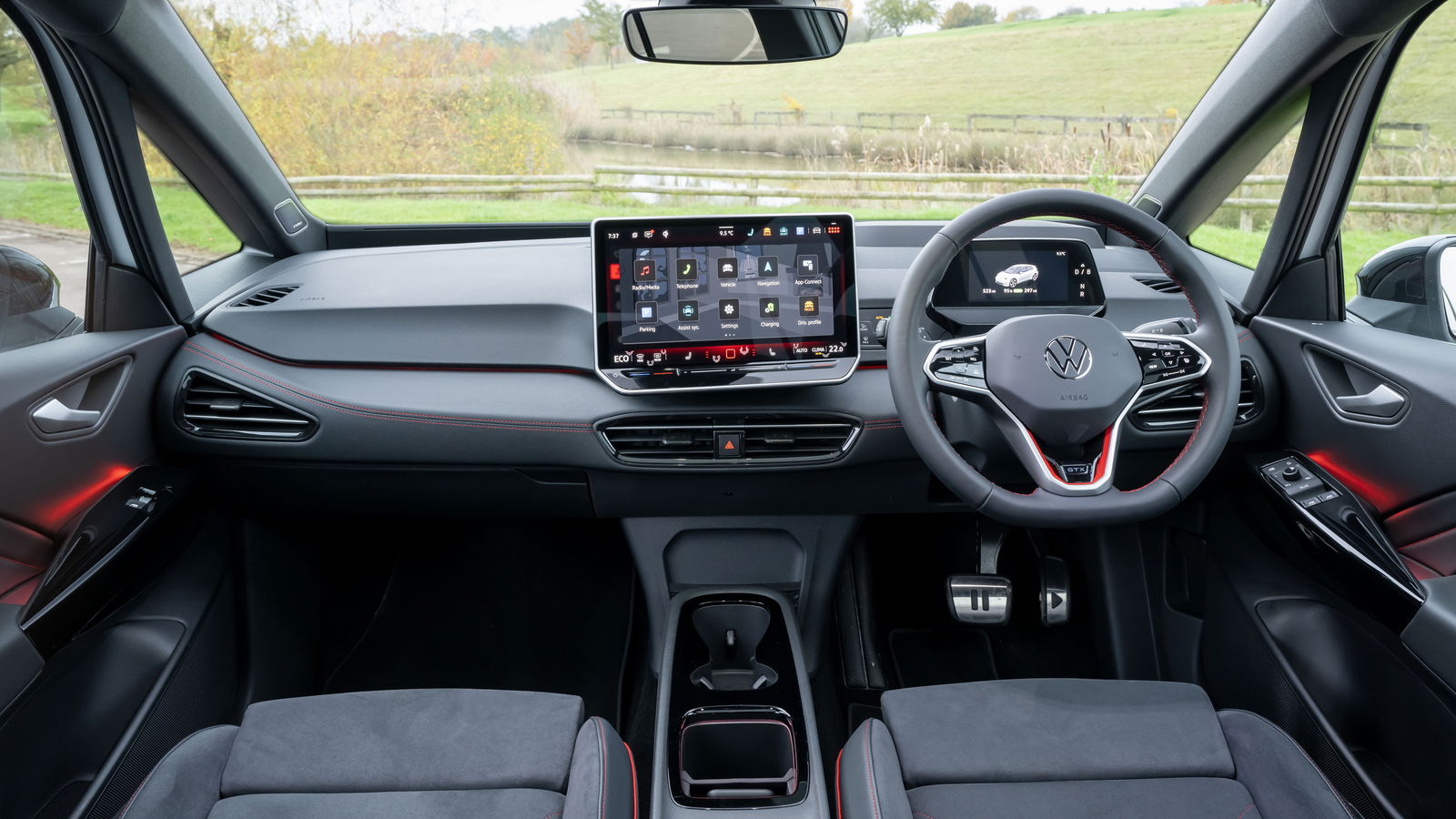
Otherwise, it’s as you were with the regular ID3’s interior. The infotainment is much better than the laggy, difficult-to-navigate mess it was when the car launched back in 2020, and the ADAS bings and bongs are far easier to deactivate, but the touch-sensitive sliders and haptic steering wheel buttons are still subpar. It’s frustrating having to jab at the screen and access a sub-menu if you want to change drive modes, too.
If it sounds like I’m being down on the VW, well, yeah, I am a bit. It’s not all bad, though – sharing its fundamentals with the hot Born means it inherits that car’s excellent chassis. Being rear-wheel drive and stumpy of wheelbase means the turn-in is properly sharp, although the ESC cuts in abruptly long before anything starts getting too frisky at the rear. Probably for the best, given the amount of torque on offer.
The steering has a good, progressive weight and directness to it, and the damping has been judged just-so – the car seems to breathe with the road surface, never getting overly thumpy but never feeling like a floppy mess either. Combined with the rear-wheel drive that lets you keep the power on through corners without pushing into understeer, it does a remarkable job of feeling like a much lighter car than its near two-tonne kerbweight would suggest.
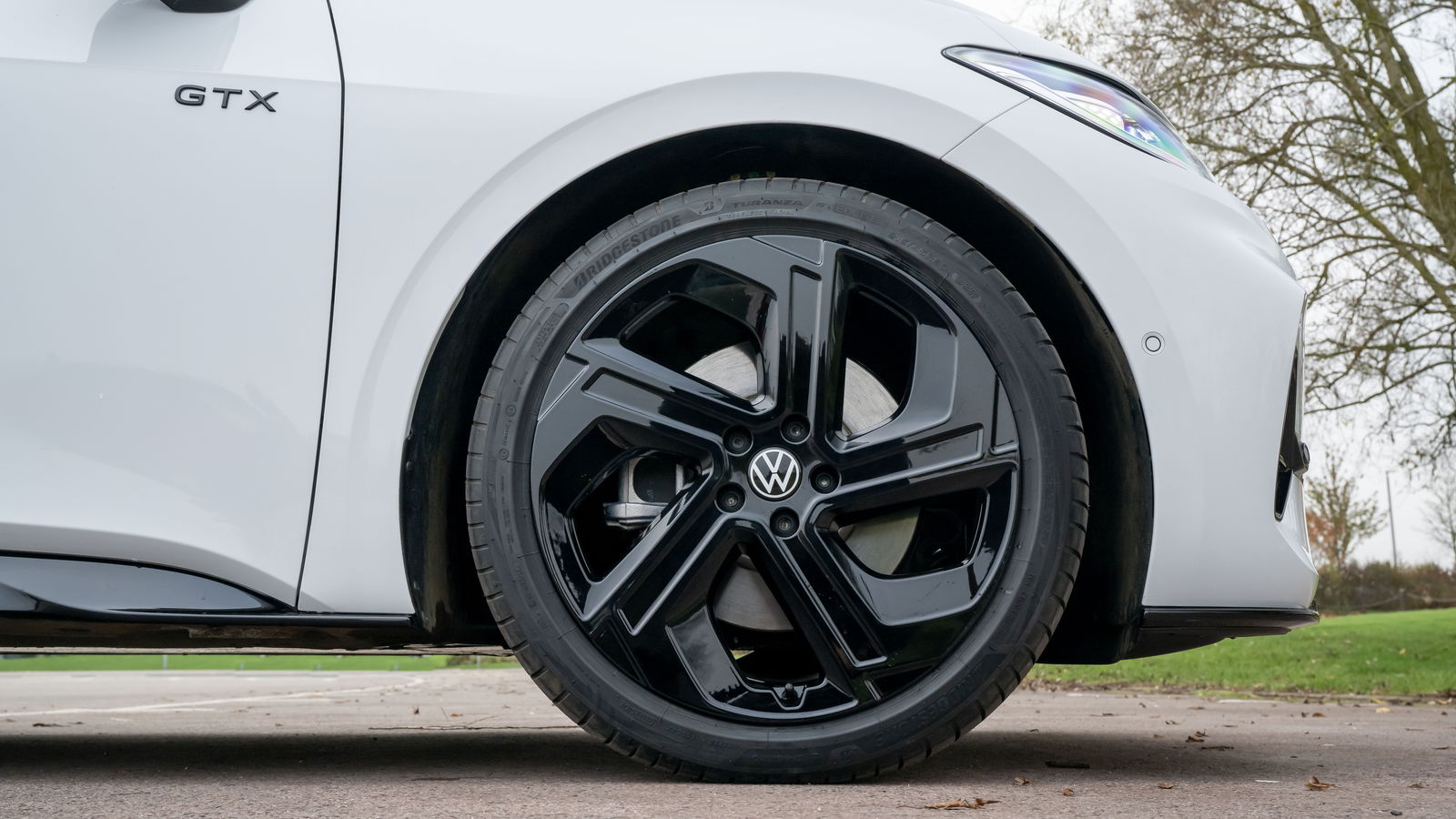
Unfortunately, the Cupra commonality means it shares that car’s biggest dynamic weakness, too – the brakes. They’re fine around town, but when you’re cracking on, there’s nowhere near enough bite in the pedal to inspire big confidence into bends – a shame, when the car’s otherwise so enjoyable on a twisty road.
Settle back into a cruise, and the GTX is very good indeed. As well as that aforementioned efficiency, it’s very hushed inside, and good at soaking up bumps and thunks. Lots of instant grunt means you can easily pull off overtakes, and VW’s adaptive cruise control largely cracks on with its job without overly interfering. Forward visibility is wonderful thanks to the car’s stubby nose and glassy sides.
It all shapes up for the ID3 GTX to be a very good first crack at a sporting electric hatch from VW. Is it going to sway people raised on raspy Golf GTIs and Rs? No, but as a relatively attainable way of having fun with zero tailpipe emissions, it’s got lots going for it.
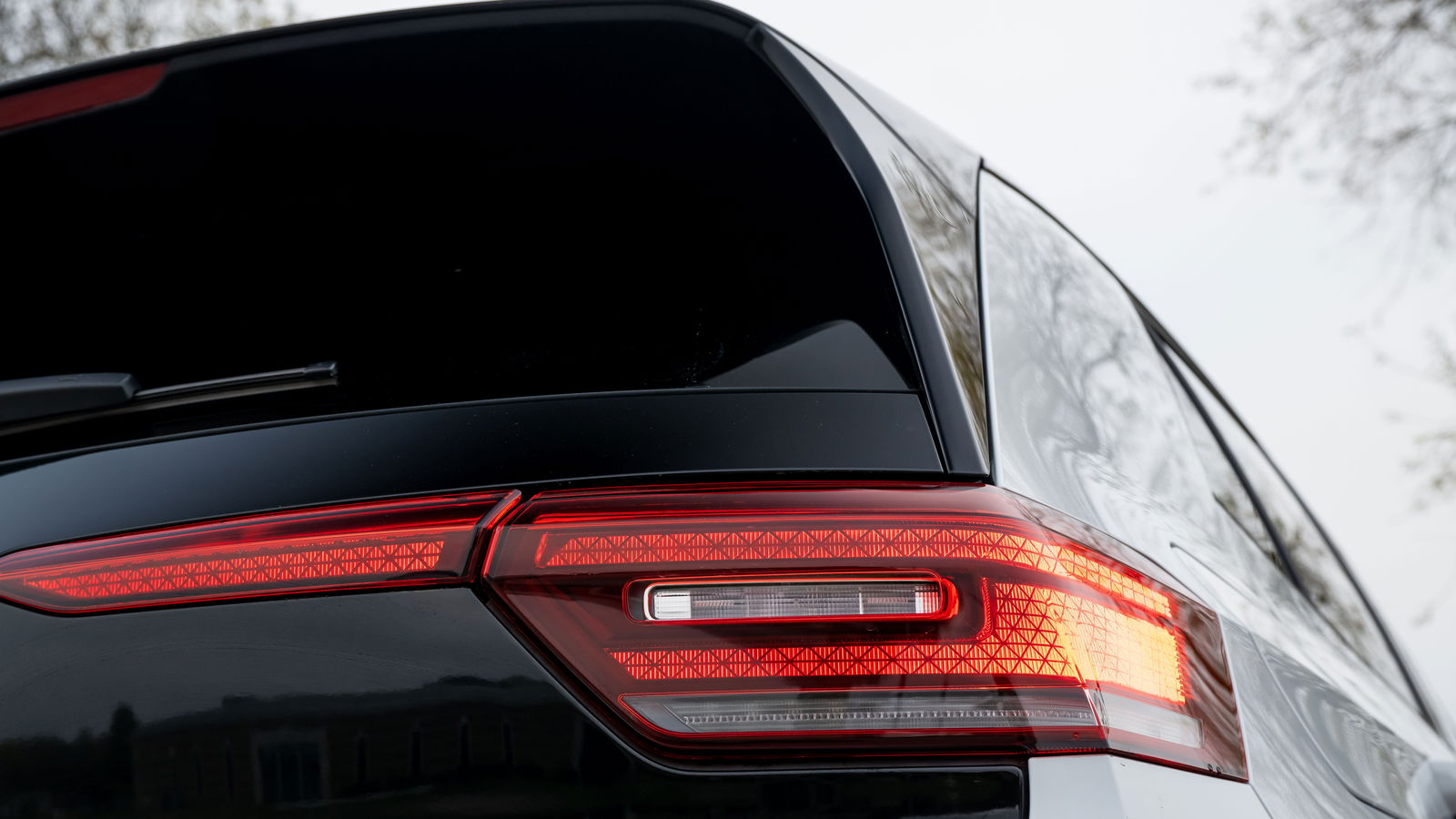
However, there’s one big thorn in its side: that pesky Cupra. The two cars are, fundamentally, identical to drive. Maybe if you hopped from one straight to the other, you’d pick up on tiny differences, but a couple of months apart, the way the ID3 went down a road felt instantly familiar.
The Cupra, though, just edges the VW out in a couple of tiny but significant areas. Its Sabelt bucket seats are considerably better than the VW’s unbranded ones. It has a proper central armrest, too, as well as a proper button on the steering wheel for cycling drive modes.
Generally, the Born feels like a nicer place to sit, with funky copper accents and unusual materials in contrast to the VW’s sea of grey with the odd little spot of red. As much as this is subjective, we think the Cupra looks better on the outside, too.
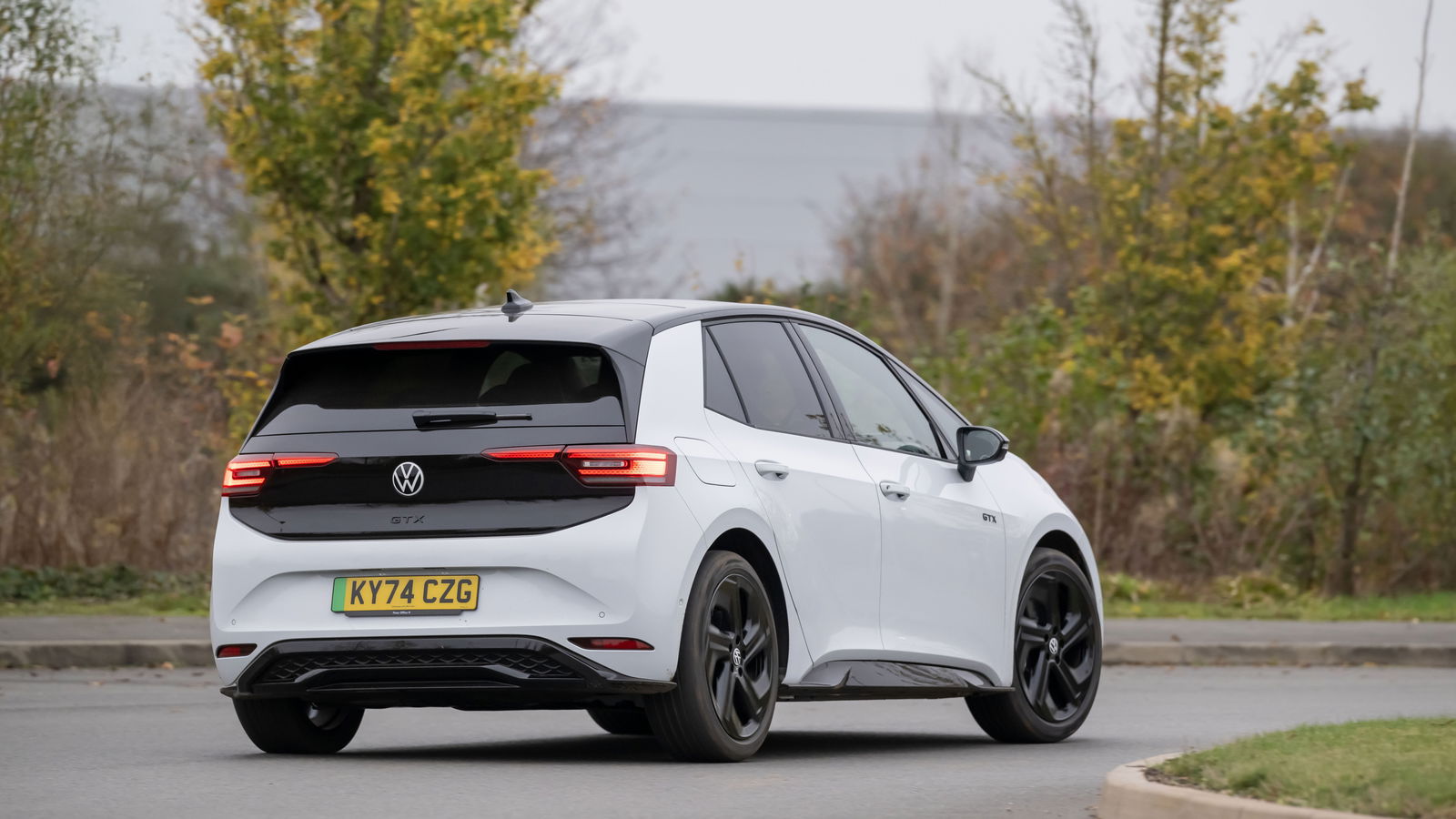
Look at the facts, and you really have to wonder why you’d spend the extra £1690 on the VW instead. It’s a very good little car, but unfortunately, it’s difficult to recommend over its near-identical twin. Maybe you’ll find a really good finance deal, or maybe you’re fiercely loyal to the VW badge, in which case, knock yourself out. But while the ID3 GTX is a good car, the cheaper Cupra is just that incremental bit better.
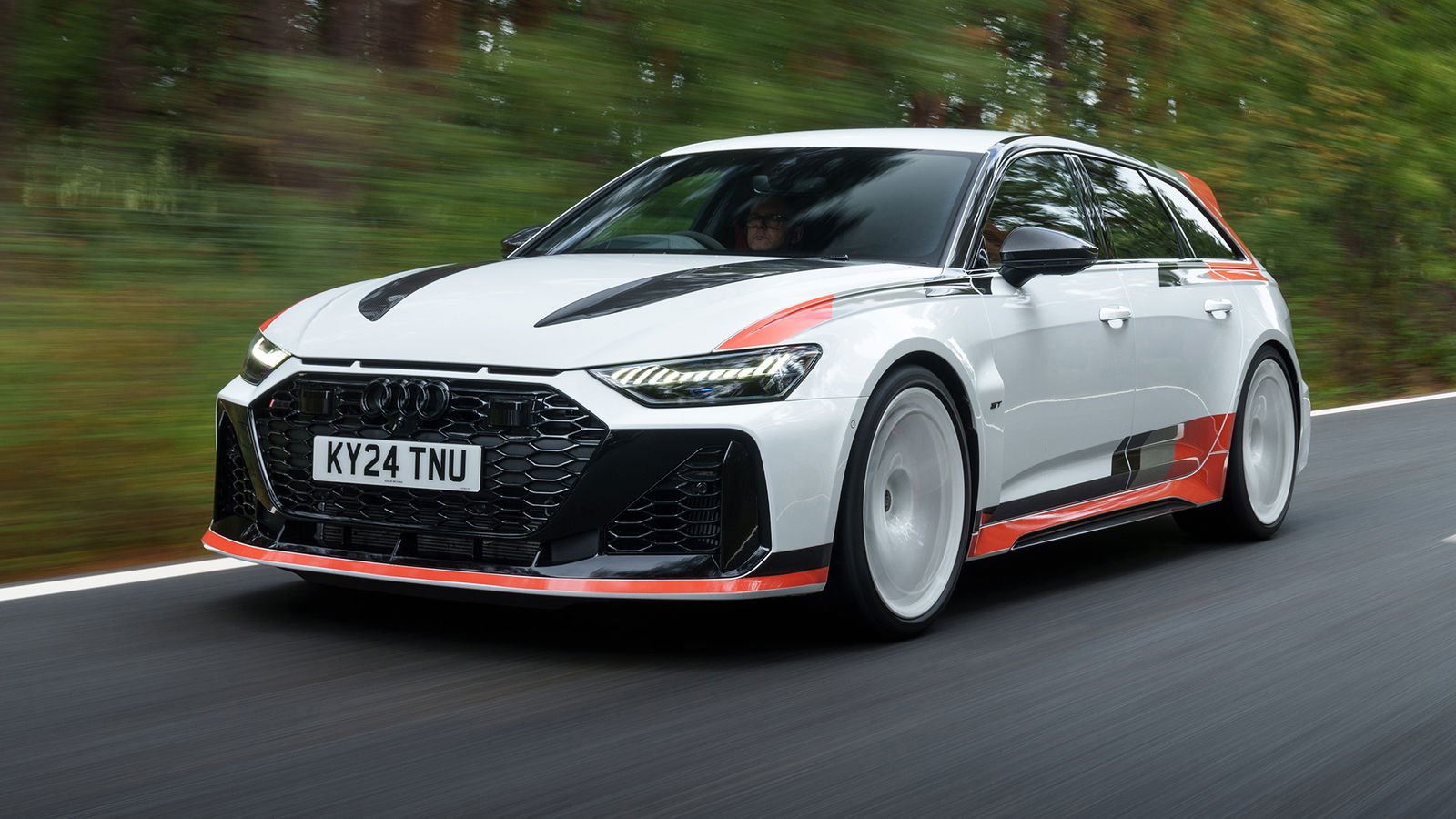
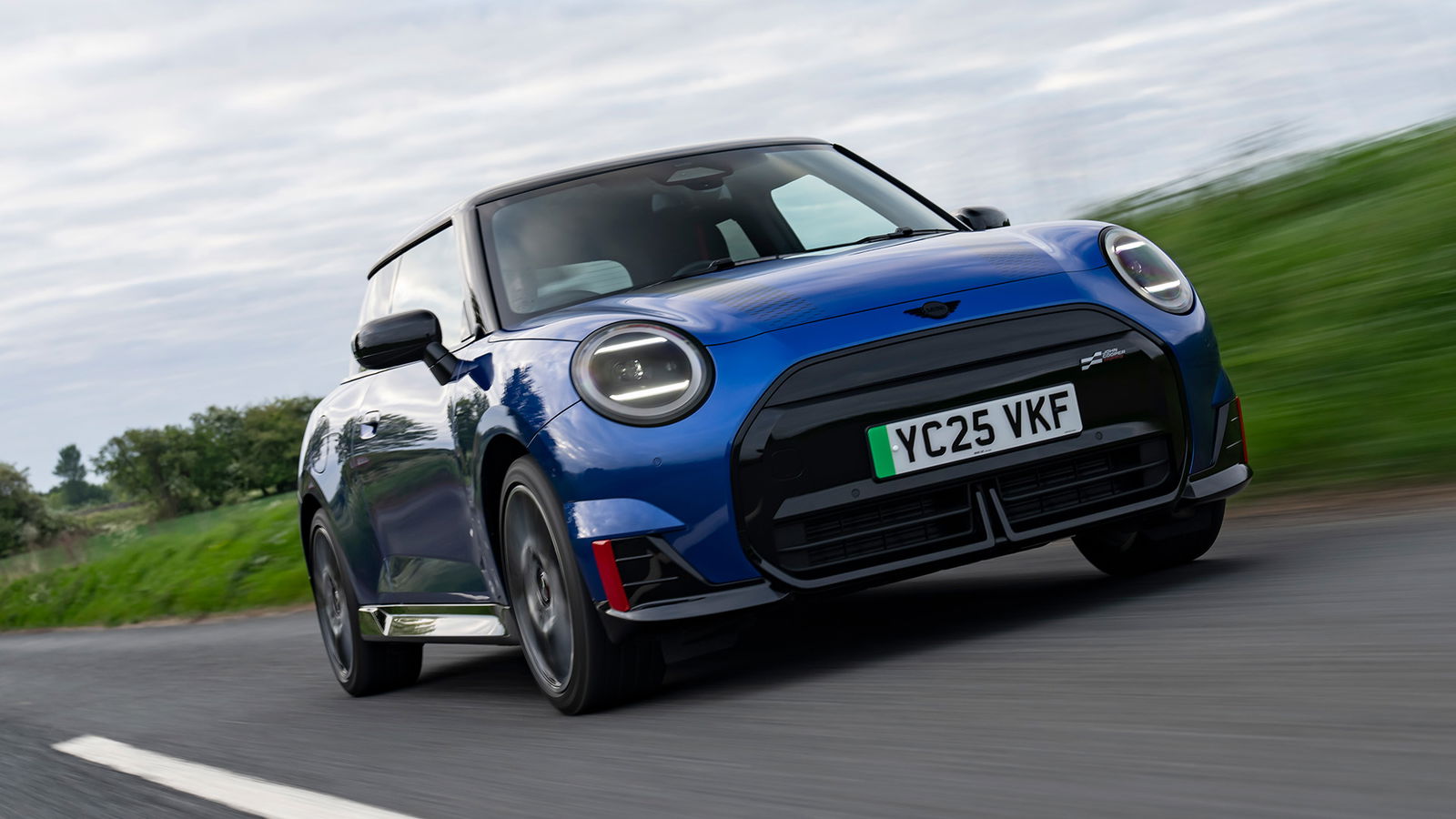








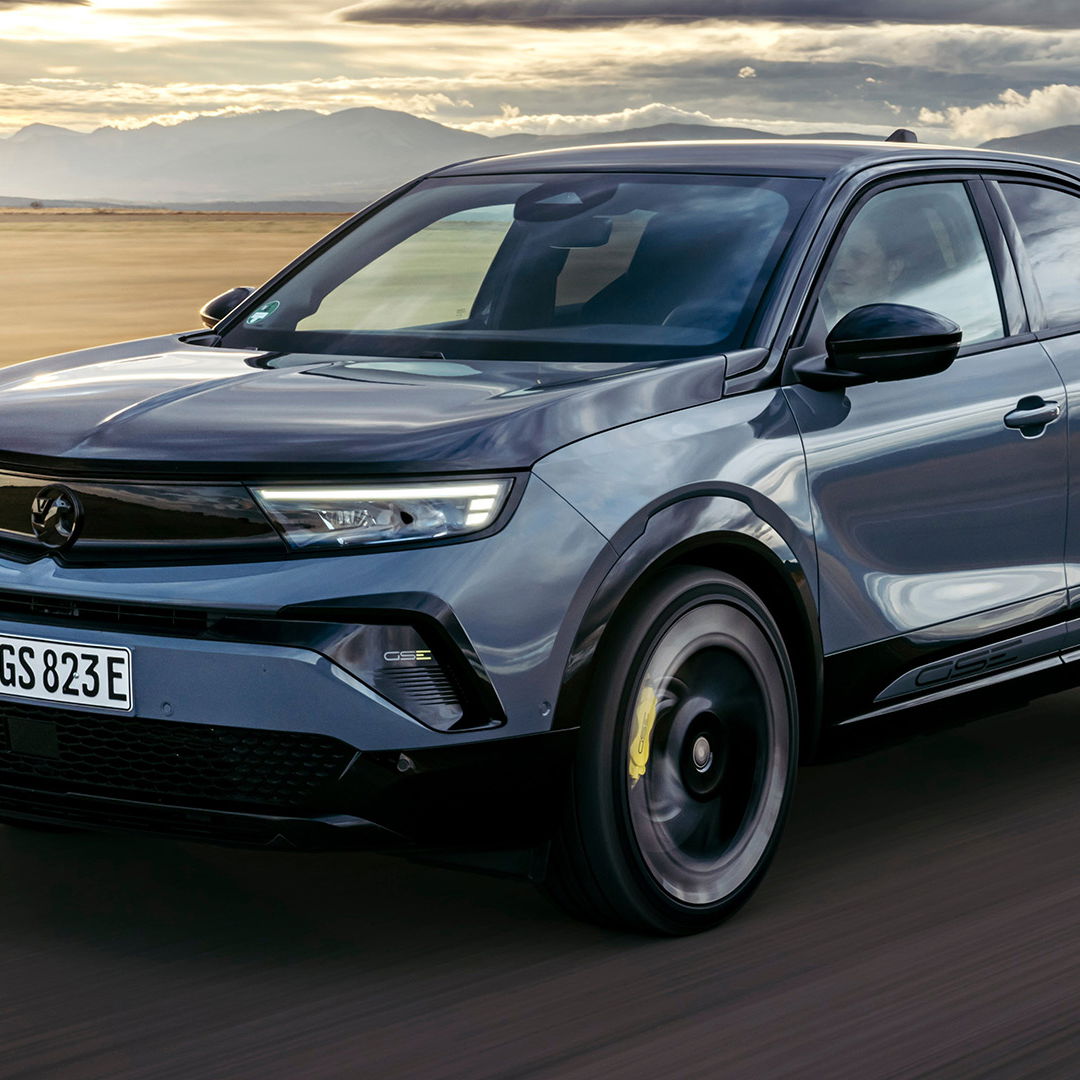
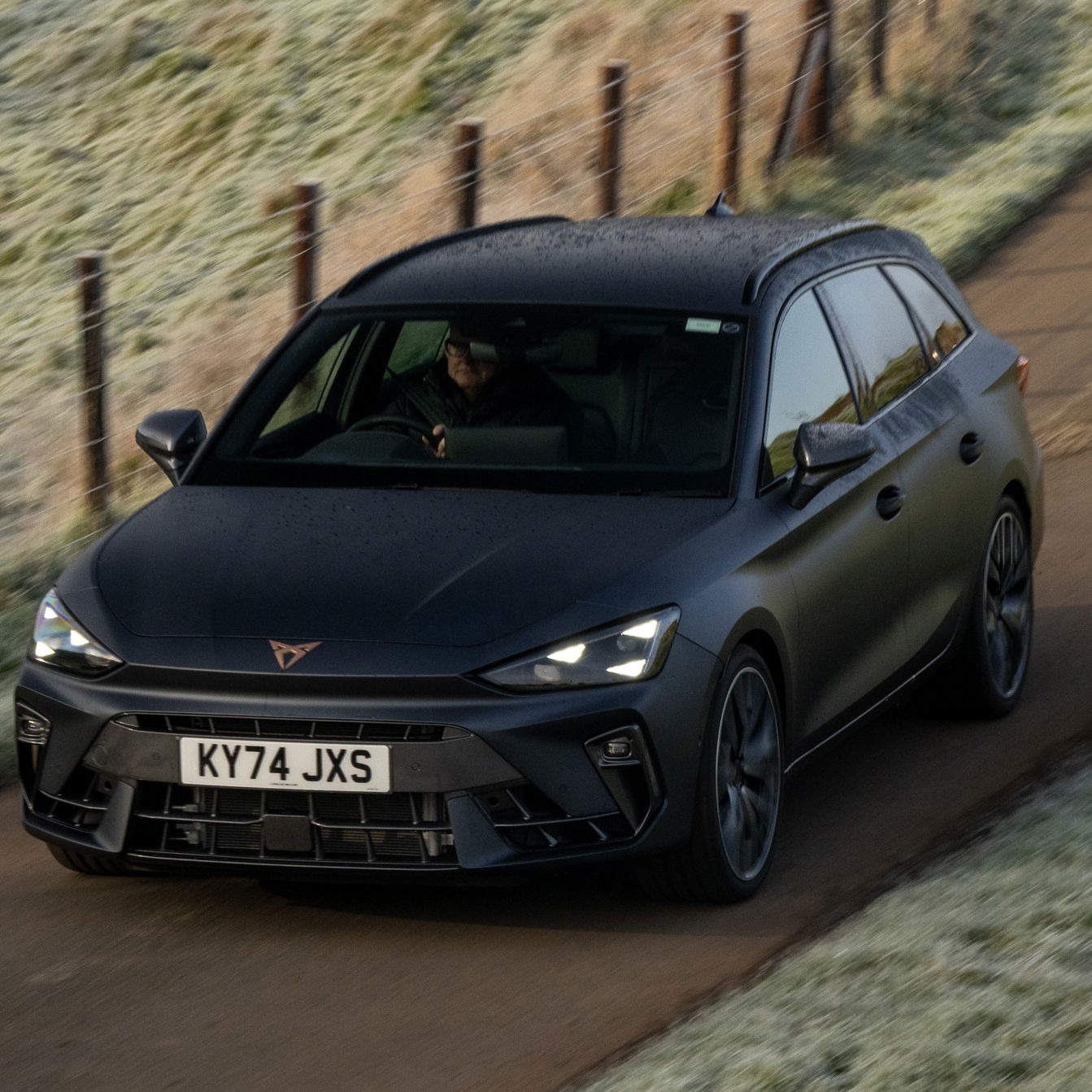
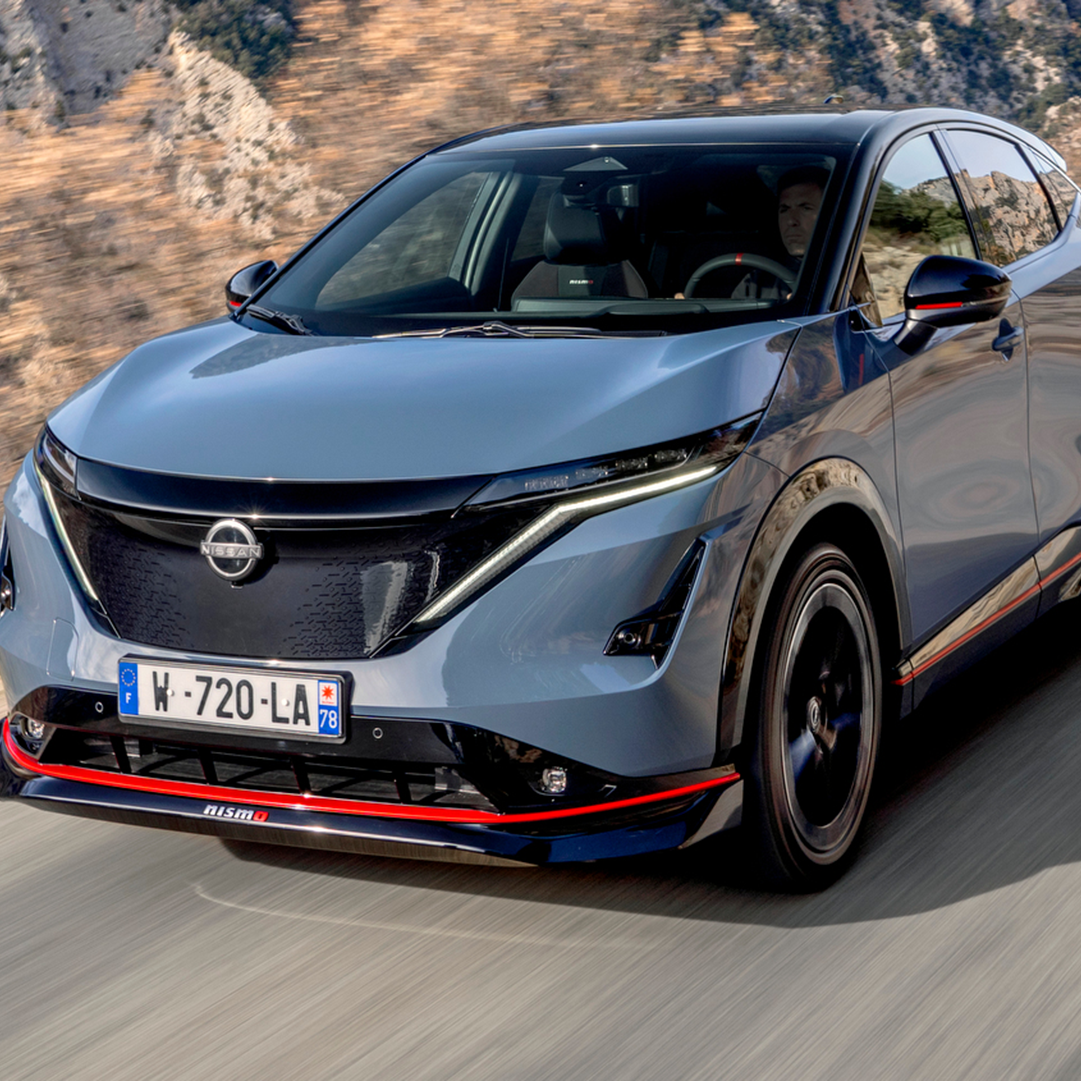
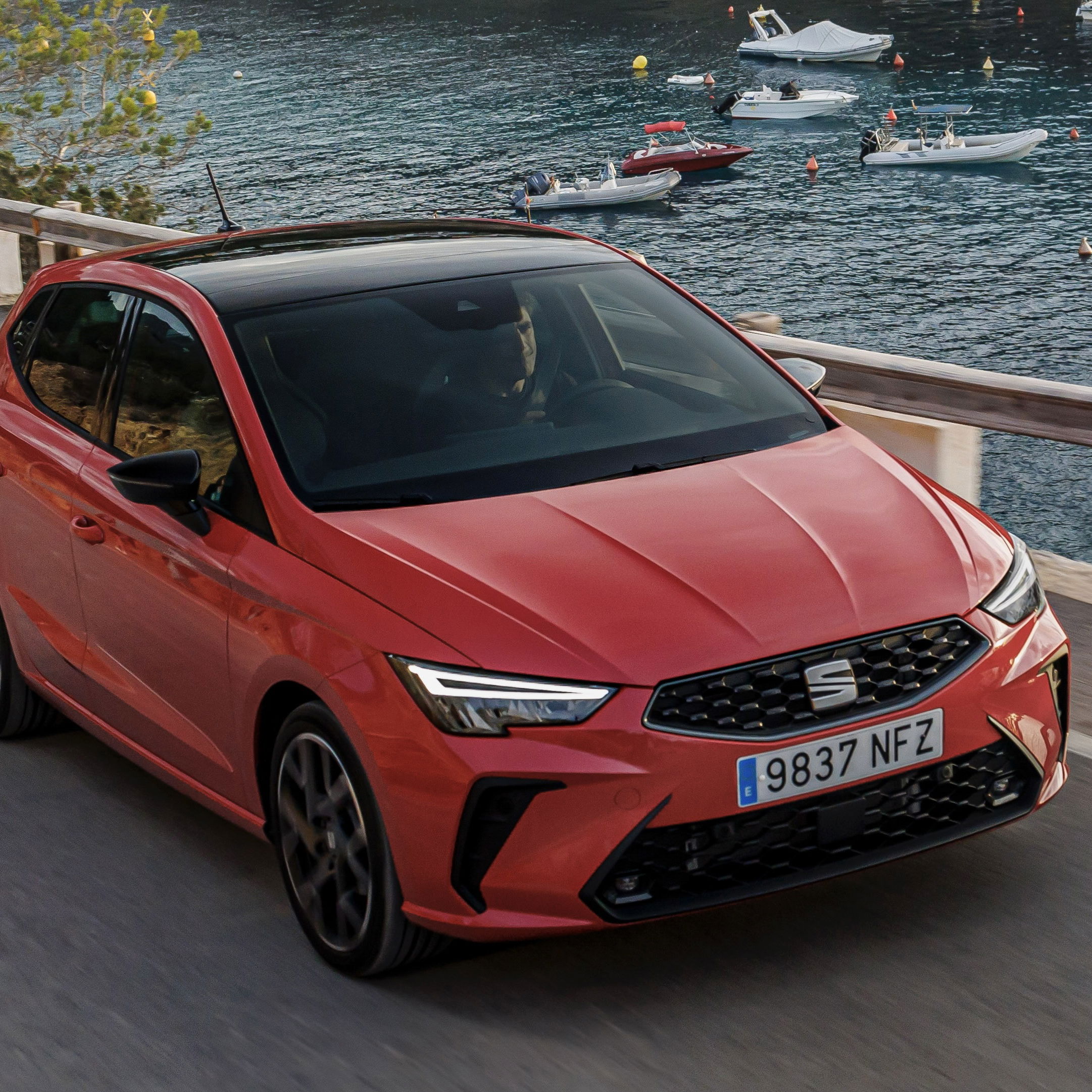

Comments